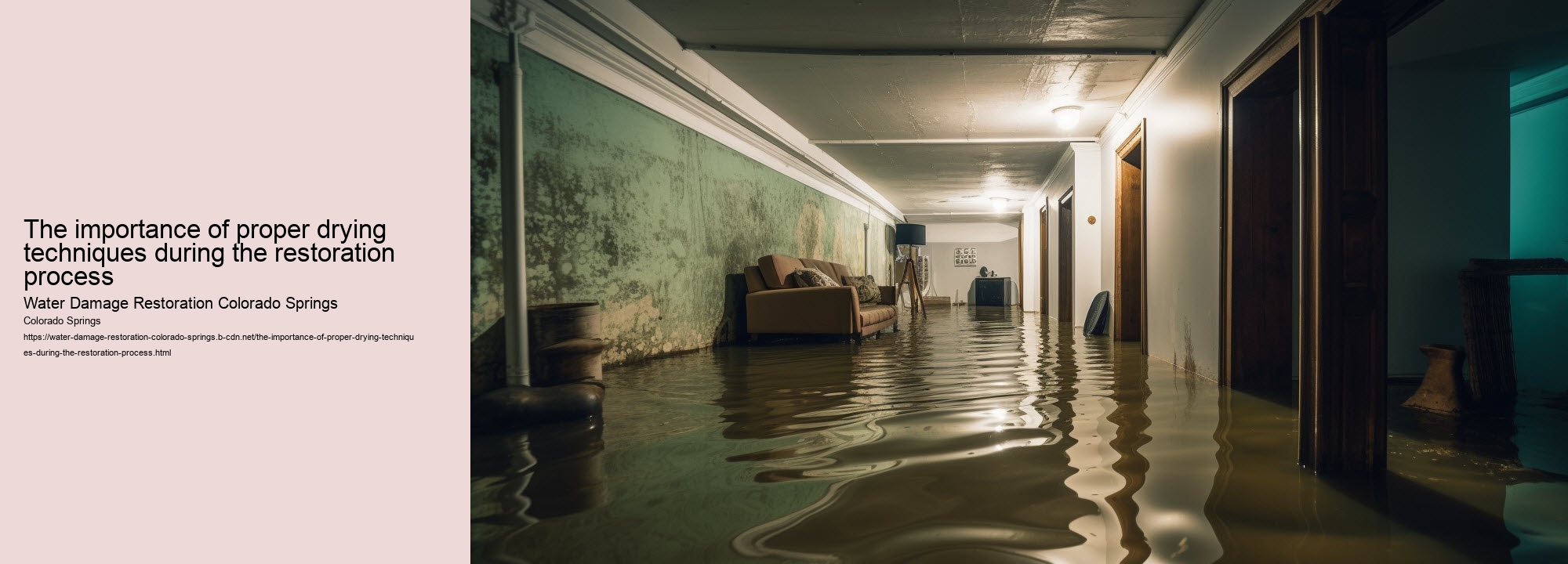Proper drying techniques are a crucial step in the restoration process, as they can make or break the success of a project. The importance of proper drying techniques during the restoration process . When water damage occurs, whether from a burst pipe, flooding, or leaks, it is essential to act quickly and efficiently to prevent further damage and potential risks such as mold growth.
One of the main reasons why proper drying techniques are so important is that excess moisture can lead to structural damage. If left unattended, water can seep into walls, floors, and ceilings, weakening their integrity and causing them to warp or buckle. This not only compromises the safety of the building but also increases the cost of repairs.
Furthermore, moisture creates an ideal environment for mold and mildew to thrive. Mold spores are present in almost every environment and can start growing within 24-48 hours of water exposure. Not only does mold pose health risks to occupants by triggering allergies and respiratory issues, but it also spreads quickly and can be difficult to eradicate once established.
Proper drying techniques involve using specialized equipment such as dehumidifiers, air movers, and moisture meters to extract moisture from affected areas effectively. It is crucial to create optimal conditions for drying by controlling temperature and humidity levels throughout the restoration process.
Additionally, thorough monitoring is essential to ensure that all affected materials are completely dry before reconstruction begins. Failure to do so may result in hidden pockets of moisture that could lead to future problems down the line.
In conclusion, proper drying techniques play a vital role in restoring properties after water damage incidents. By employing effective strategies and equipment, restoration professionals can mitigate further damage and reduce the risk of mold growth. Investing time and resources into proper drying techniques ultimately pays off in terms of saving time, money, and preserving the structural integrity of buildings.
